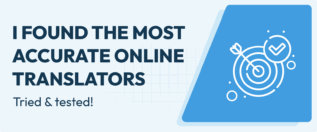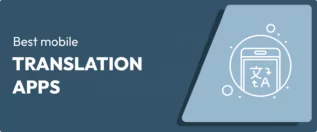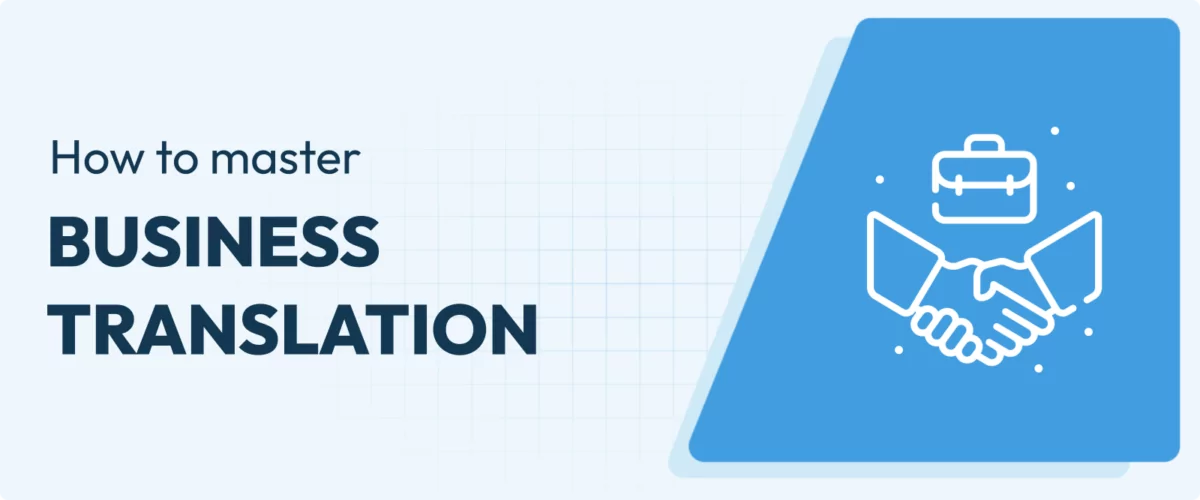
In this post
The internet is a world without borders. Your business no longer has to worry about geographical boundaries, but there are plenty of other considerations to make. Your business translation strategy is key for crossing those borders and getting results. There are a few ways to do this, and central will be the tools you use alongside your choice of approach.
For this article, I’ll explore how your business’ translation strategy could look and the different ways you can build it. First, let’s discuss what business translation is.
A Primer on Business Translation
In a nutshell, business translation converts your site’s content between languages. You’ll maintain the original tone, sentiment, meaning, and context of the content, but adapt to a specific locale.
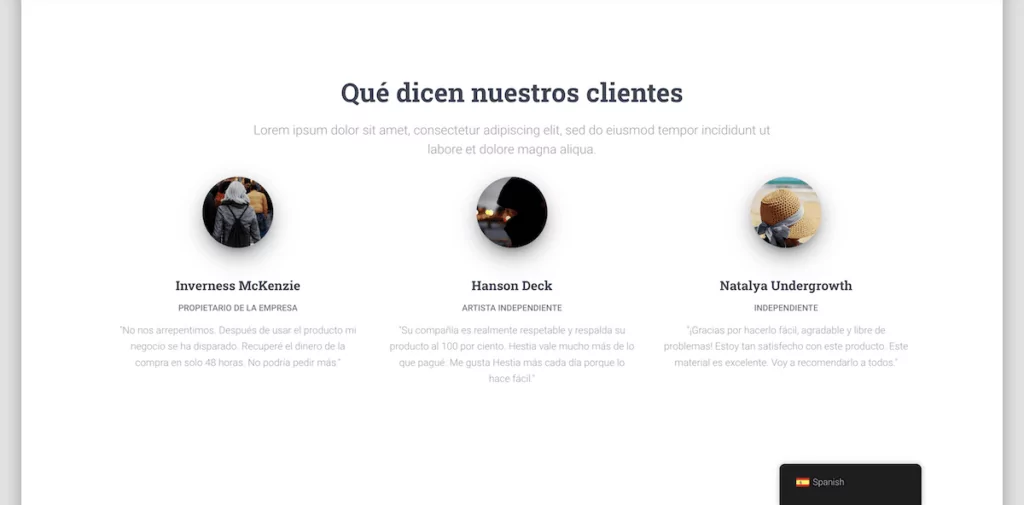
These efforts often stretch across all your business materials. This could be your marketing, legal, technical, and internal communications. There are a few important benefits to consider:
- You can expand into new, different, and related markets to your current ones. In turn, this inflates your potential audience and builds brand consistency.
- Relevant and localized content can build trust, credibility, and loyalty among the recipients.
- Translating your site can help you meet any data compliance regulations or requirements.
- Translated internal content could benefit a distributed, multinational team too.
These positives also encompass all types of translation. In the next section, I’ll go over a few approaches you can take.
Choosing a Business Translation Style and Focus
Translating your business communications needs a varied approach based on the focus and type. There are a few areas to note here:
- Marketing. This ‘creative’ translation involves a measure of localization. In some cases, a literal translation of content between languages won’t be appropriate.
- Legal. Precision is paramount for legal translation. Even minor errors can have major impacts on your company.
- Financial. Accuracy is also key for financial reports and statements, along with niche expertise.
- Technical. This type of translation also requires expertise. The information you’ll work with will often be complex and in-depth.
- Localization. You have to adapt your content to specific geographical locales, rather than provide a word-for-word translation. This involves using cultural customs, phrases, context, and references.
Of course, given the wide scope of business translation, you’ll find there are pitfalls and obstacles too. I’m going to get into these details next.
The ‘Boss Fights’ You’ll Face in Business Translation
As you can imagine, business translation isn’t easy at the best of times. I like to talk about the five ‘bosses’ to beat for success. ‘Mini-bosses’ will include handling legal and regulatory compliance. Here, you’ll often have clear guidelines to follow, which will denote your compliance.
I’d put aspects such as technical jargon next. Specific and industry-niche terminology can be difficult to translate without expertise. It’s likely you already have that if you want to translate your own content. If not, I’ll touch upon professional translation services later.
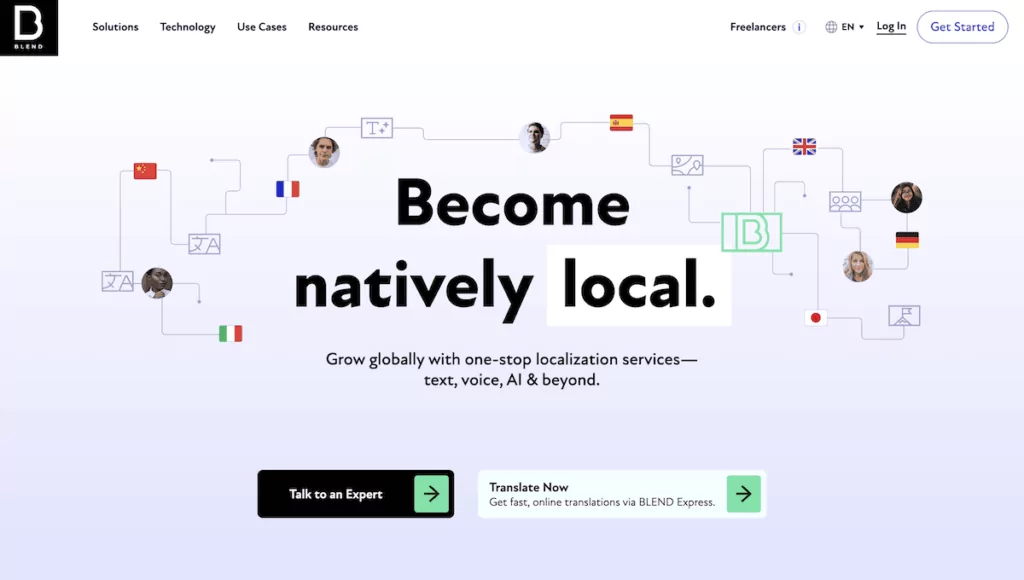
Maintaining your brand’s voice can be tricky. An internal style guide will help here. The goal is to be consistent, otherwise you stand to erode the impact of your content.
There are two big bosses though, in the form of your resource constraints and content comprehension.
Exceptional content translation takes time and money. As such, you should invest in high-caliber tools, resources, and team members. While this will be a balance, both will increase the quality of your business translation.
Consider the cultural nuances and impact of your content as the ‘final boss’. How words, phrases, and depictions resonate with consumers will differ between cultures. Consider many East versus West depictions of the color red, number 13, or black cats. They offer different representation depending on the locale.
All these aspects’ influence will reduce with the right strategy in place. The next section goes into this further.
3 Considerations for Effective Business Translation
Before you begin to translate you content, take some time to think about the best approach. While the below isn’t an exhaustive list, ticking these boxes will help you move forward.
Let’s run through some of the pivotal parts of your business translation strategy.
1. Use Professional Translation Services
Using your multilingual team members to help translate your content makes some sense. However, despite knowing your company culture and products, a professional translation service could be a better fit.
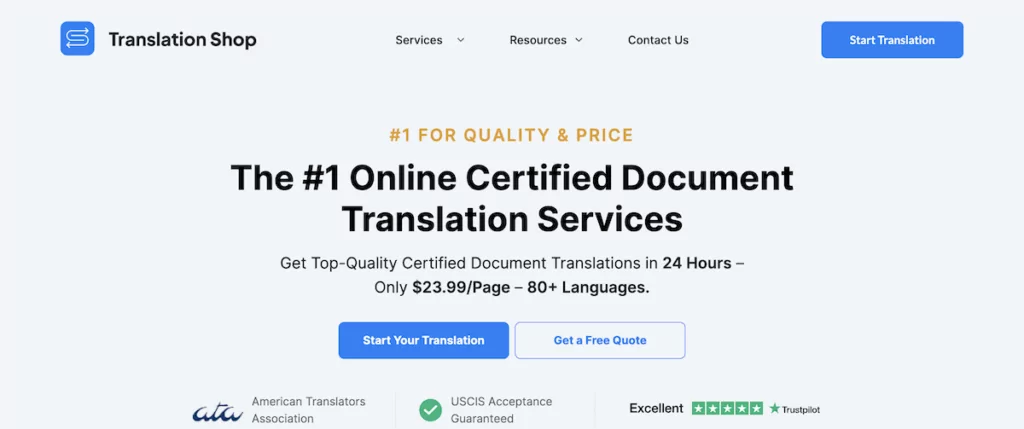
For starters, they’ll have the experience of working with many different businesses. There will also be insights and working methods for common sticking points or obstacles. What’s more, you can take a hands-off approach, yet still get the best results. You might also consider a management tool such as Lokalise.
2. Keep a ‘Corpus’ for Consistent Translation
You’ll often have lots of documentation and business-specific terminology that requires accurate translation. It’s a good idea to collate these into a corpus – or a collection of documents – of key terms and phrases.
This could be a simple glossary, a language style guide, or something more elaborate. WordPress will work for this, as will a third-party ‘wiki’ solution such as Notion. You’ll also find dedicated terminology manager tools such as TermWeb or Acrolinx:
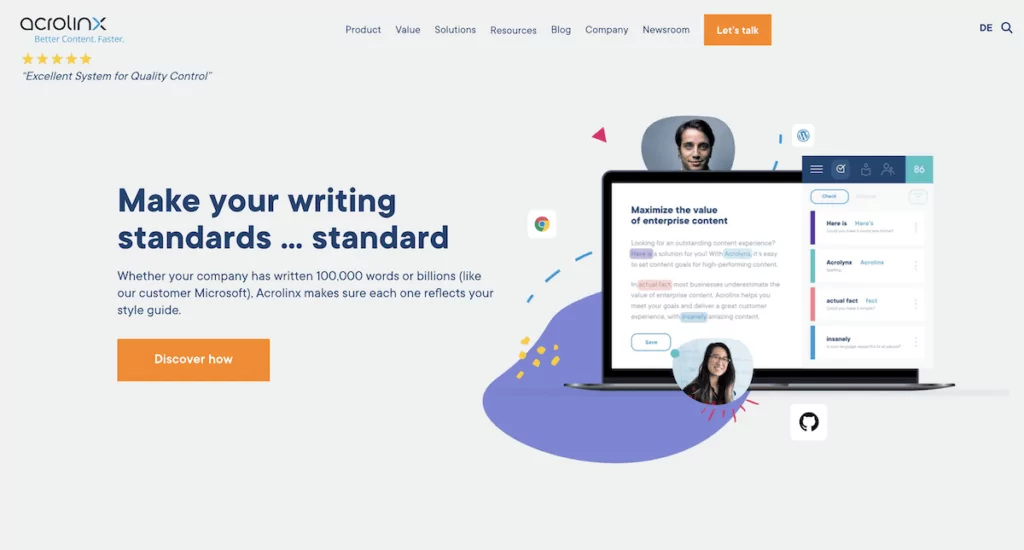
The primary benefit here will be the quality and accuracy of your translated content. Also, your translation consistency across all your materials will get a boost.
3. Ensure You Focus on Your Translation’s Cultural Awareness Aspects
You could argue that cultural awareness has more importance than everything else I cover. The following questions will help when you want to understand whether your translations offer the right cultural impact:
- Is your writing sensitive to characterizations or depictions of your target reader?
- Do you use the right terminology when you refer to any cultural aspects? Something to focus on is using up-to-date terminology in particular.
- Are technical aspects, such as units of measurement and currency correct for your target locale?
- For holiday-specific writing, does it align with what the culture celebrates or observes?
This is far from an exhaustive list, but it’s a great start. It should cover the bigger bases, which may also trickle down throughout your writing.
How to Put Efficient Business Translation In Place
Over the rest of the post, I’ll highlight my thoughts on the most optimal approach for business translation.
The best starting point is how you achieve your translations. With the right approach and tools, this could smooth the entire process.
1. Decide on a Split Between Machine and Human Translation
Part of your process should include proofreading, editing, and testing your content. This helps catch any errors and keep consistency and accuracy high.
Using both machine translation and a human measure is a good way to cover this. It’s great for larger content volumes, or where you need quicker turnarounds too.
My approach would be to run a first layer of machine translation, then make a manual check of your key content. To finish, give your content a full human edit. Tools such as Google Translate or DeepL often work well here.
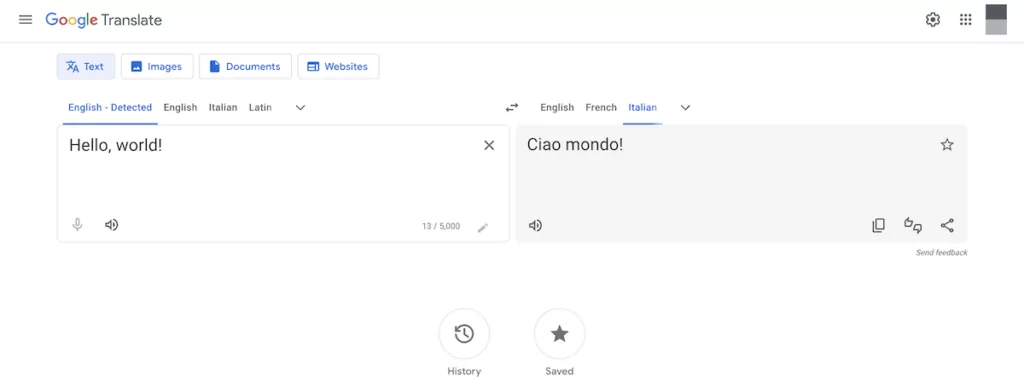
These may not give you the fundamental quality you need every time though, which is why combining them can be better.
2. Use TranslatePress’ Built In Functionality for Machine Translation
Building a custom business translation bundle from tools such as DeepL, MemoQ, and Lokalise can be worthwhile. The time, effort, and money you need to pull this off could be prohibitive though.
This is where TranslatePress will be your indispensable assistant. In fact, it implements that initial machine translation using a mixture of tools and neural networks.
TranslatePress Multilingual
The plugin uses Artificial Intelligence (AI) to achieve this. Once you install and activate the premium version, you can head to the Settings → TranslatePress screen in WordPress to find the options:
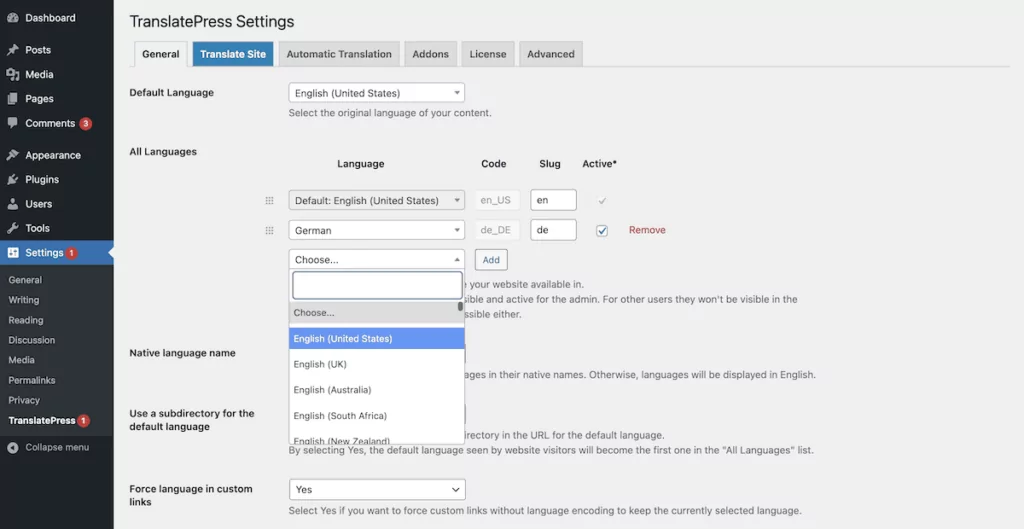
On the General tab, you should see the All Languages drop-down menus. Here, choose your target languages, and save your changes. Note that the Automatic Translation tab will scan for any new or edited content, then translate it for you:
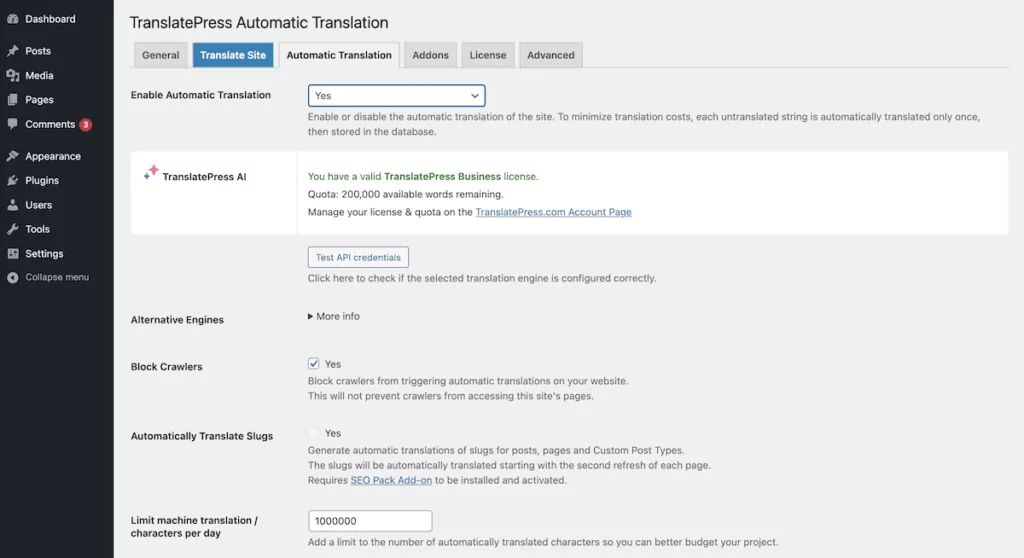
This should take no more than a few seconds to complete, at which point you can work on refining those translations.
3. Work with TranslatePress and Professional Services to Complete Your Business Translation
The Translation Editor is an ideal way to perfect your initial machine translations. The Translate Site button within the WordPress toolbar will open it:

Here, you will see an editor that looks a lot like the native WordPress Block Editor. The difference is that you can select any text on the page and see the translation in the sidebar:
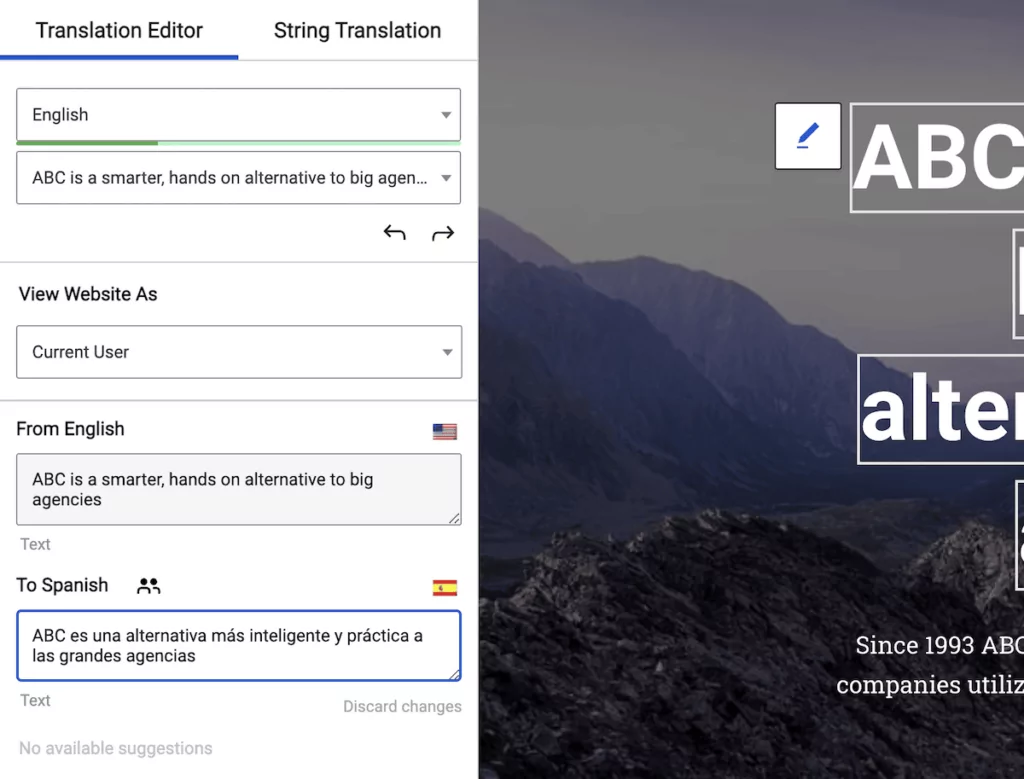
Here, you can edit the text on screen for your languages, view the site as another type of user, and much more. The Translation Memory feature will suggest string translations based on your previous actions. This will give you greater value as time goes on:
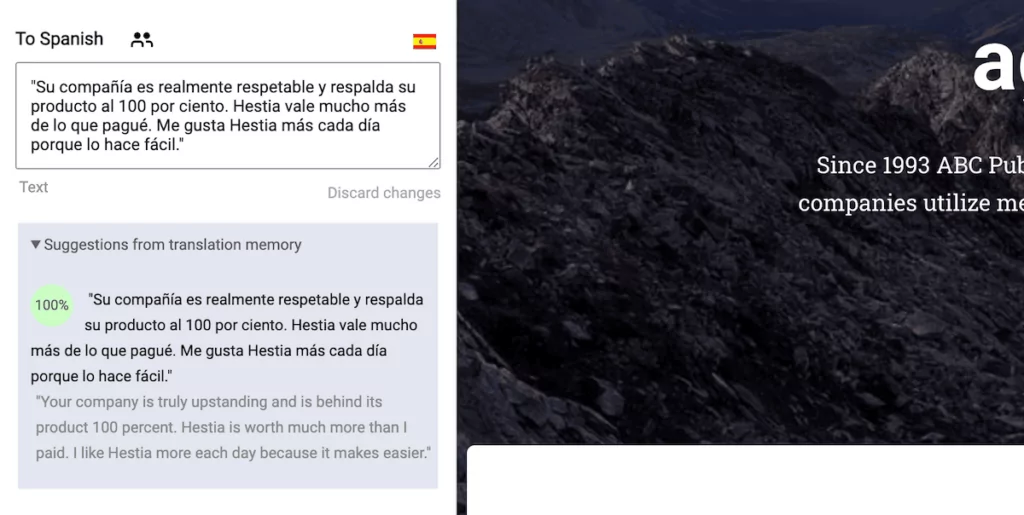
At this point, you can look to bring in external translation services. For instance, you could partner with a freelance translator with specific language or industry skills. For more complex translations, a professional service should be a consideration.
This will give you access to expertise you may not have on staff, complete with quality assurance and greater capacity. As a TranslatePress customer on Developer or Business plans, you can even set up dedicated Translator accounts. This lets others work on your content without the need to access your site’s core dashboard.
TranslatePress Makes Business Translation Simple
Business translation requires the right tools and services along with an investment of resources. TranslatePress can be a part of this business translation strategy, alongside human input, cultural understanding, and industry expertise. Together, you stand to win more customers, expand your visibility, and improve your finances.
TranslatePress Multilingual
Where do your business translation priorities lie? I’d love for you to tell me about them in the comments section below!

